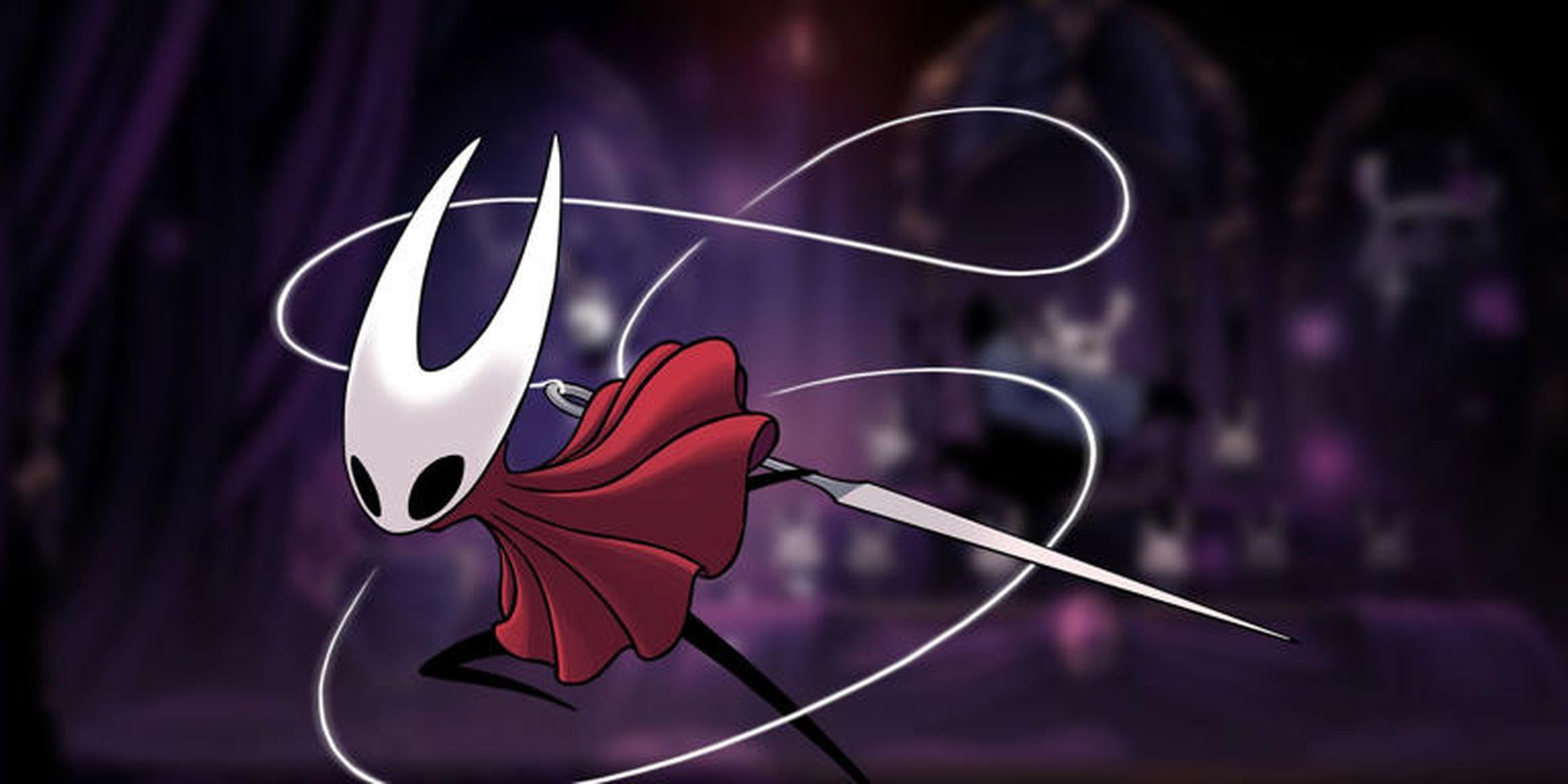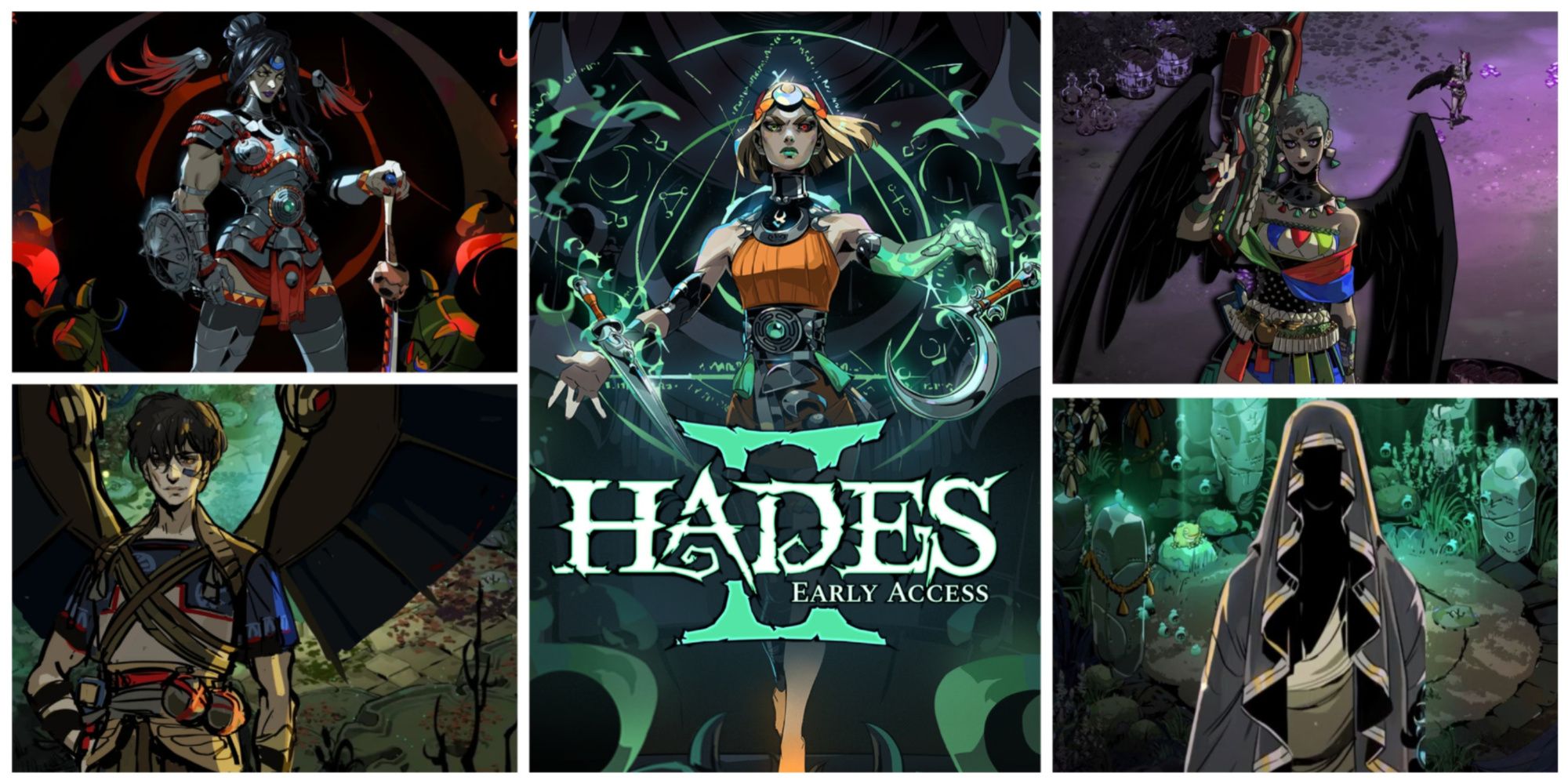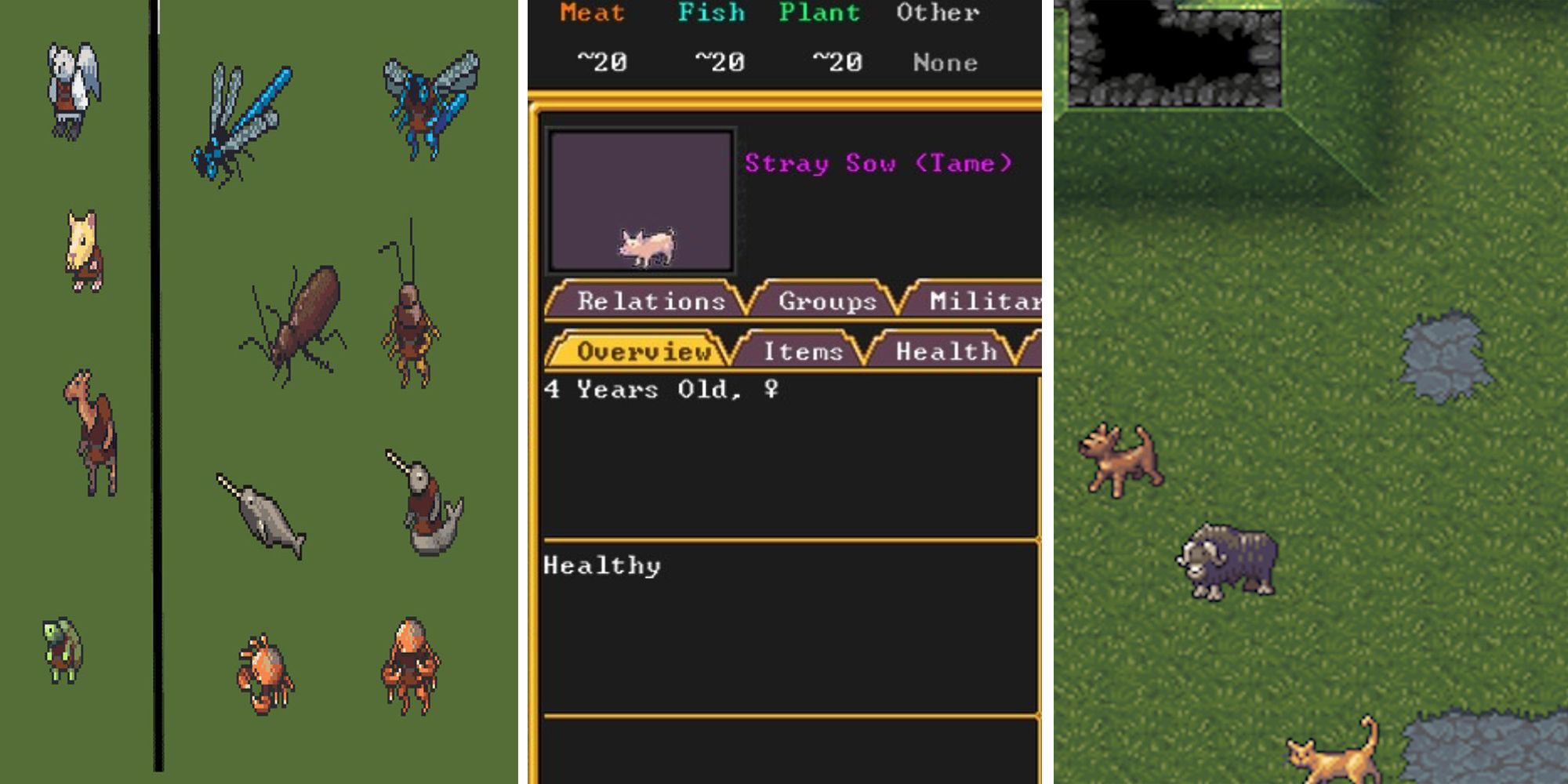Dwarves aren't the only components of a successful fortress; animals play a huge part too. In Dwarf Fortress, the animals are used for certain purposes; for example, a herd of cats is unlikely to be helpful when it comes to feeding a fortress, but one or two cats can save the fortress's stores from rodents.
Dogs make great pets but also make useful war assets or hunting companions. And a mighty elephant can help stomp some goblins when needed. There are many different types of animals, but the most common are chosen for their versatility in yielding resources, cheap-upkeep, or effectiveness in battle. Check out the most popular animals to choose on embark to ensure a fortress has a successful start.
6 Elephant
Elephants are the largest domestic animal available to dwarves; elephants can be captured from the wild or traded. One big benefit of having elephants is that they are almost unmatched as war animals. They are lumbering beasts that use their sheer size to great effect on the battlefield and will only be taken down by the best weaponry, well-armored opponents, or larger beasts. Taking on an elephant or two may seem tempting, but players will need to keep these large beasts fed; other animals may be more useful to the beginnings of a colony.
It is not a quick process to breed elephants, though; elephants take some time to enter maturity - ten years to be exact - though they will be full size after five years. However, a single pregnant elephant will give birth to between one and three calves, all of which could live between 50 and 70 years. And with a successful breeding program, there are fewer satisfying sights than seeing a few war elephants destroy a group of goblins. Once an elephant dies, it can be butchered and provide a lot of products that can be used or sold.
5 Turkey
Turkeys are the largest poultry available on embarking, meaning they produce the most meat compared to their smaller counterparts. A downside is that Turkeys take two years to reach full maturity, while blue peafowl and geese take half the time. But players will want to consider keeping some turkeys, as they, on average, lay the most eggs, making them a candidate for one of the best domestic birds. Upon embarking, choosing one male and one female turkey would allow players to breed as many turkeys as they feel necessary.
Players must be aware that without proper population control, turkeys will not stop breeding. Most animals become angry if there is not enough space to roam freely, and turkeys are no different; players must ensure proper space. Turkeys can be caged, which may be beneficial while they mature, but they can easily be left in a safe space to roam with nesting boxes if required. Another benefit is that once butchered, turkeys provide leather, an essential material in Dwarf Fortress. This makes turkeys even more valuable!
4 Dogs
As the old saying goes, dogs are a dwarf's best friend. These lovable, loyal creatures can play a big part in a fortress’s success if used correctly. Dogs can be used as hunters or war dogs which are both beneficial, but war dogs are the preferred usage for veteran Dwarf Fortress players. Within the fortress, dogs chase down thieves, saving precious resources from being stolen. Another benefit is dogs can detect intruders that have slipped by a player’s dwarven guards. Some enemies will be able to pass by undetected by dwarves, but with a few dogs on patrol, these enemies will be quickly sniffed out.
With one male and one female, a player can breed a successful stock of war dogs by careful selection of breeding pairs.
3 Cats
Cats are vital for rodent control, but they come with a big caveat, they can overrun a player’s fortress if left unchecked. For this reason, Dwarf Fortress players may choose none breeding pairs, or just one cat, to restrict the chance of litters of kittens taking over.
Cats can also choose to become a pet by basically self-taming and attaching to a dwarf and spending their time snoozing in a bedroom. If this cat dies, the attached dwarves will suffer a negative drop in happiness. If each dwarf owned a cat, and they all perished in a flood or siege, then the dwarves would have a low mood to contend with as well as recover from a battle or disaster.
With that being said, rodent control is a fantastic benefit to stop food stores from being snaffled by rodents.
2 Pigs
Pigs are great animals due to their potential to feed the fortress; with pigs, dwarves have a good supply of meat, milk, and leather. One bonus with pigs is that they require little attention and can even be kept underground, as unlike most other livestock, pigs don't need to graze. This makes the pig a great choice for a fortress with limited space or to keep underground as a secondary source of meat. Pigs are a great way to reduce space for animal husbandry in favor of other structures.
Female pigs can be milked by a dwarf with an empty bucket, providing a player’s fortress with another form of sustenance.
1 Sheep
Sheep can be found within dwarf, and human populations and are prized for their multiple yields. Around once every 300 days, dwarves can shear the sheep and create cloth. And when butchered for meat, the sheep also yield their wool. Male sheep, rams, also have two horns that dwarves can use for crafting or as a tradable item. Female sheep can also be milked, another valuable resource that can be made into cheese or just enjoyed by the mugful.
Sheep will, however, need a decent pasture to graze in. But they do not eat as much grass as other, larger grazers. With their combined meat, wool, and milk production, sheep are a really versatile option.
Dwarf Fortress is available on PC.










